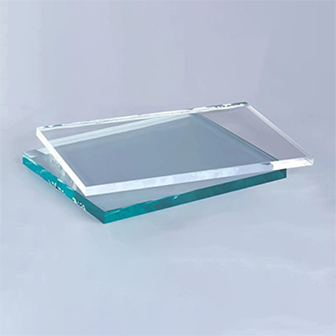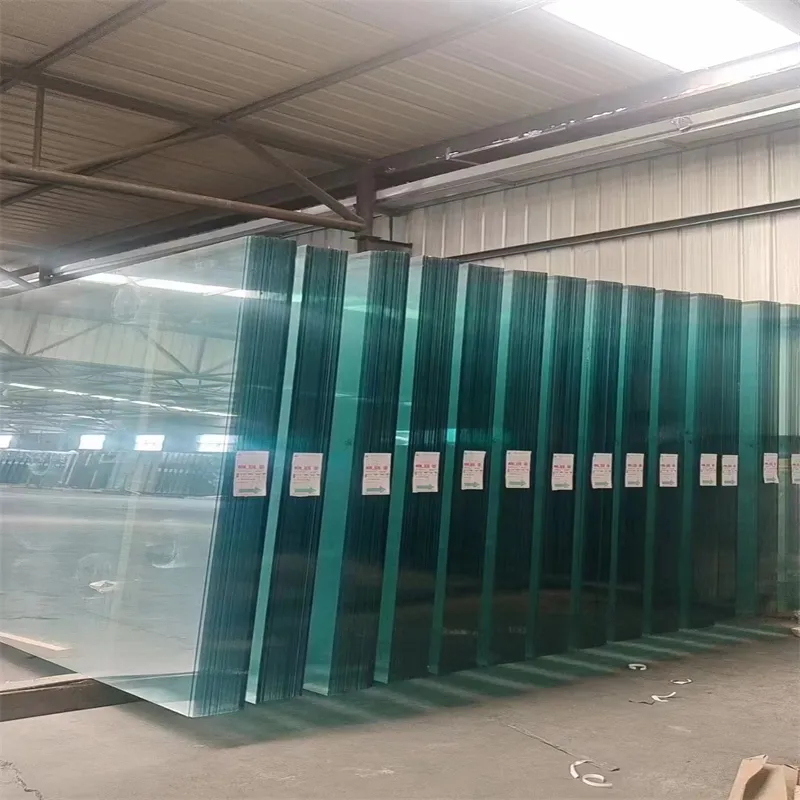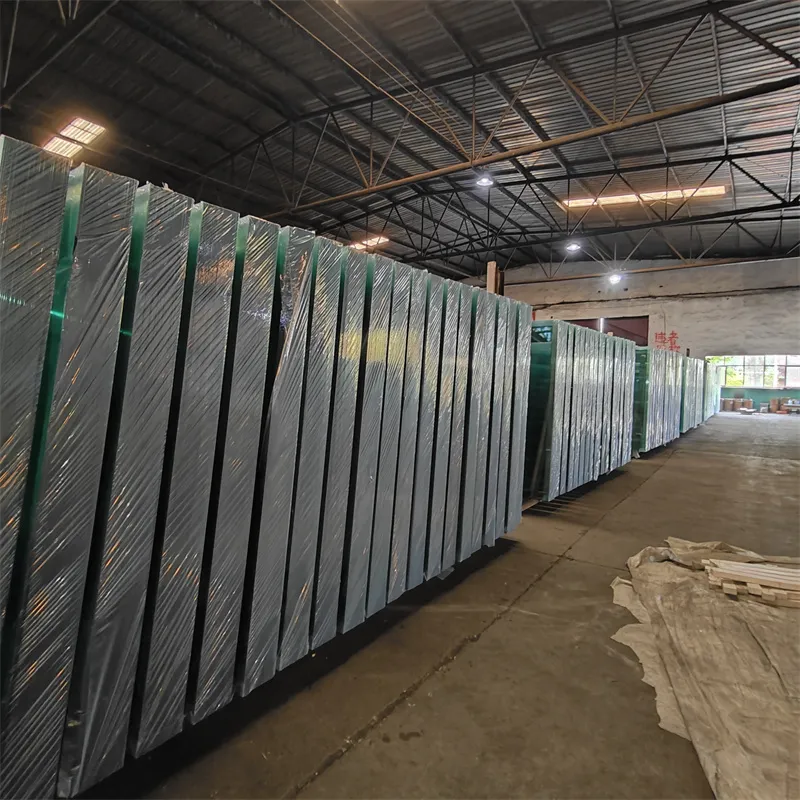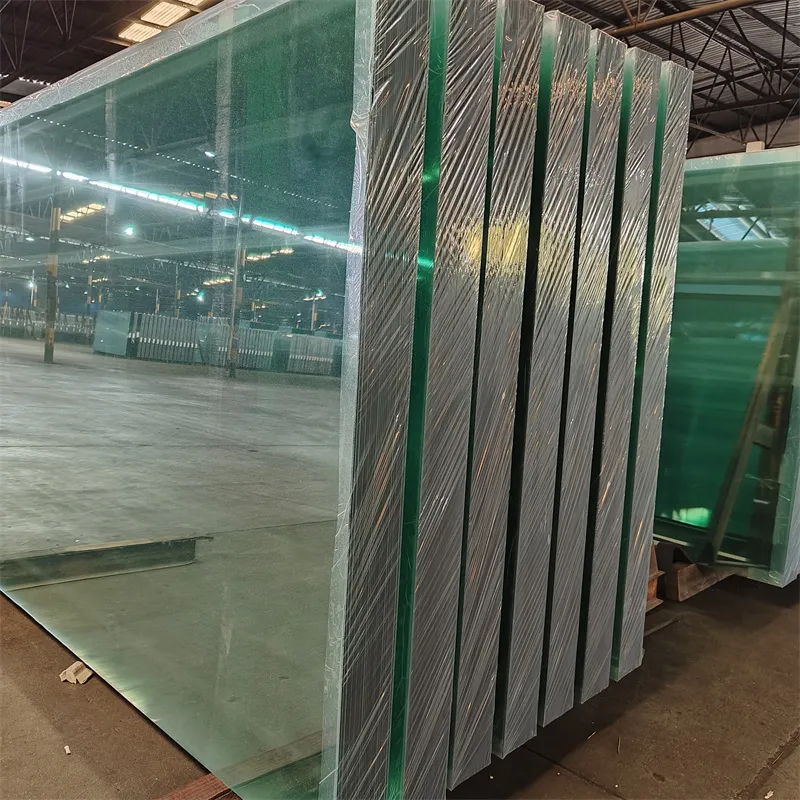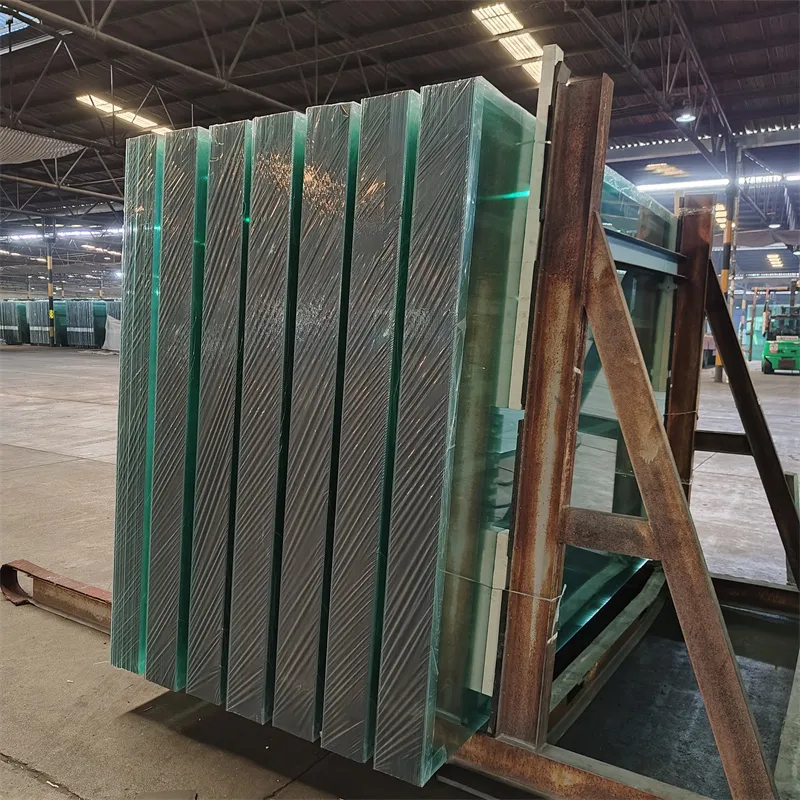플로트 유리란?
"플로트" 공정을 통해 생산된 평판 유리의 한 종류인 플로트 유리는 균일한 두께와 매끄러운 평탄도로 유명합니다. 뛰어난 특성으로 인해 유리 산업에서 가장 널리 사용되는 기본 소재입니다. 건설, 실내 장식 또는 자동차 부문에서 플로트 유리는 다양한 응용 분야에서 선두 자리를 차지하고 있습니다.
플로트 유리를 만드는 방법?
원재료 및 용융: 플로트 유리 생산을 위한 주요 원재료에는 실리카모래, 소다회, 장석, 백운석이 있으며, 이를 특정 비율로 혼합한 후 1600℃의 용광로에서 가열하여 용융 유리를 형성합니다.
플로트 공정: 용융 유리를 주석 욕조에 붓습니다. 이때 유리가 퍼져 용융 주석 표면에 매끄러운 시트를 형성합니다.
어닐링: 서서히 냉각하고 어닐링한 후, 플로트 유리판이 완전히 성형됩니다.
플로트 유리의 종류
플로트 유리는 색상에 따라 투명 플로트 유리, 매우 투명한 플로트 유리 (low iron float glass), and 색유리.
According to quality, float glass can be divided into the level of Q1(none for visible bubbles, distortions, or blemishes), Q2(has little number of bubbles, distortions, or blemishes), and Q3(there are obvious bubbles and other blemishes).
Float Glass Advantages
매끄럽고 평평한 표면: 플로트 공정은 유리의 높은 평탄도와 매끄러움을 보장합니다.
체력: 이 유형의 유리는 시트 유리보다 물리적 강도가 뛰어나 운송 중 파손 위험을 크게 줄일 수 있습니다.
균일한 두께: 플로트 유리는 전반적으로 일정한 두께를 유지하여 다양한 응용 분야의 요구 사항을 충족합니다.
높은 투명성: 뛰어난 광학적 특성과 높은 광 투과율로 유명한 플로트 유리는 뛰어난 선명도를 제공합니다. 특히, 초투명 플로트 유리는 일반적으로 91.5% 이상의 광 투과율을 달성합니다.
저렴한 비용: 플로트 유리의 생산 공정은 연속성, 높은 자동화, 높은 자재 활용률, 비교적 낮은 에너지 소비 등의 장점이 있어 대량 생산 시 시트 유리보다 비용이 현저히 낮습니다.
Float Glass Applications
As an excellent basic material, float glass is widely used in industries such as construction, decoration, automobiles, home appliance panels, and solar glass due to its advantages of high quality, low cost, and large production capacity.
유리 커튼월: 플로트 유리는 코팅 유리나 착색 유리로 가공되며, 대형 사무실 빌딩, 호텔 등 상업용 고층 빌딩의 커튼월에 많이 사용됩니다.
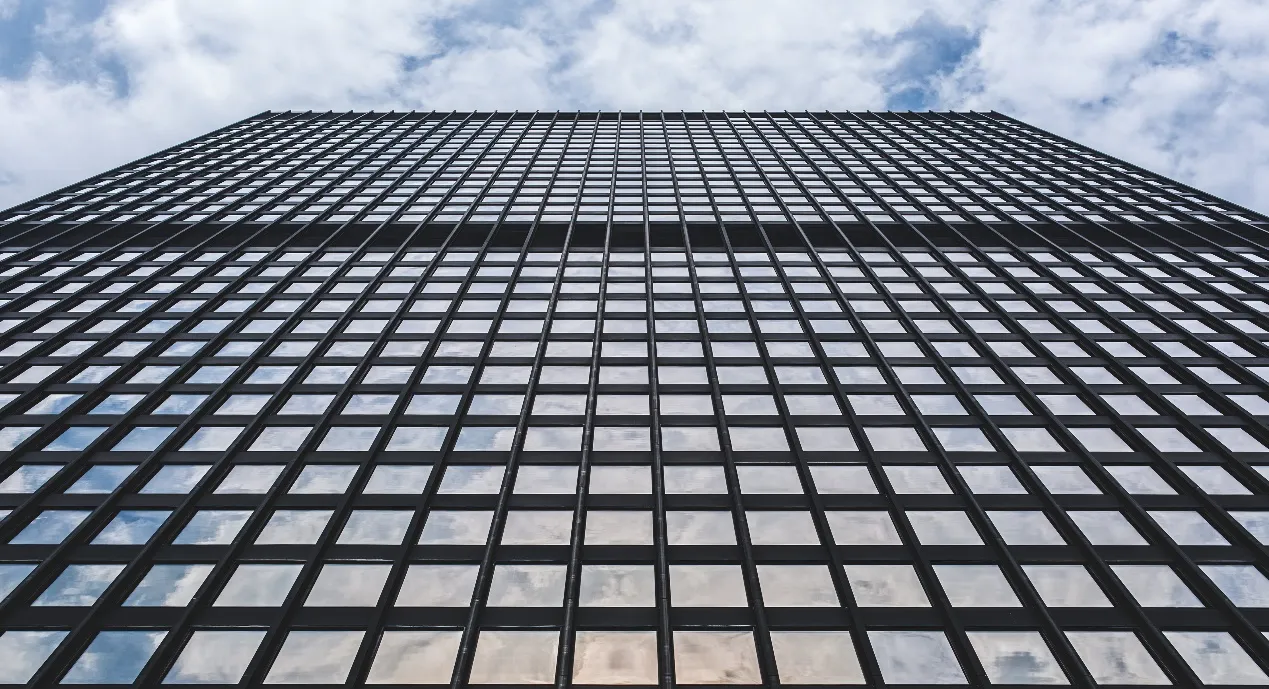
유리창과 문: 현대 건물 설계에서 플로트 유리는 거의 모든 구조물에 널리 사용됩니다. 많은 거리 상점의 경우, 유리문과 창문은 일반적으로 가시성을 높이고 매장의 내부 레이아웃과 제품을 보다 효과적으로 보여주기 위해 선택됩니다. 주거용 주택에서는 일반적으로 가공된 플로트 유리가 사용되며, 예를 들어 단열성을 높이기 위한 단열 유리 장치(IGU), 우아한 장식적 느낌을 위한 젖빛 유리, 안전성을 높이기 위한 강화 유리가 사용됩니다.
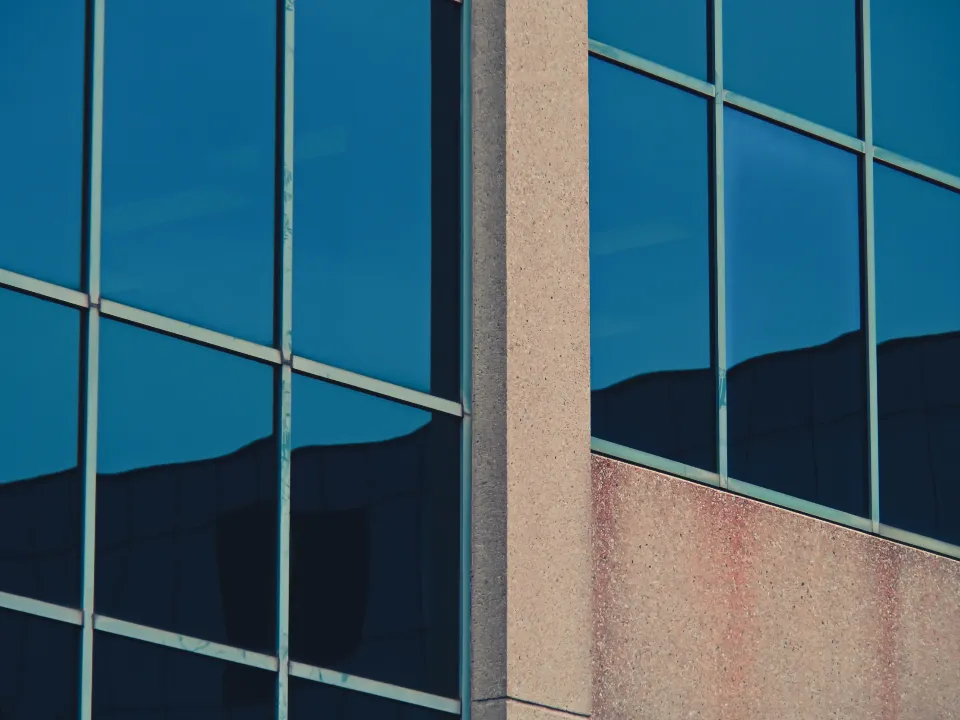
자동차 유리: 자동차 유리는 일반적으로 Q1등급 고품질 플로트 유리를 선택하여 강화 및 적층 가공하여 강력한 충격 저항성과 깨지지 않는 특성을 부여하여 운전자와 승객의 안전을 완벽하게 보장합니다.
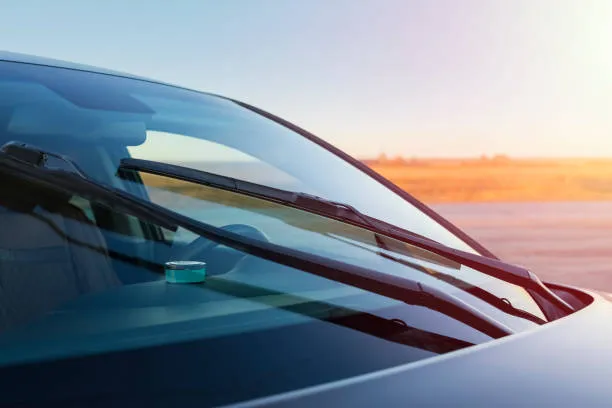
거울 유리: 거울은 프리미엄 플로트 유리로 제작되어 깨끗하고 왜곡되지 않은 이미지와 뛰어난 반사 품질을 보장합니다.

가구 및 가전제품 패널: 플로트 유리의 추가 가공을 통해 가구 및 가전 제품 패널에 적합한 백페인트 유리, 젖빛 유리, 세라믹 소결 유리 및 기타 유형의 유리를 생산할 수 있습니다.
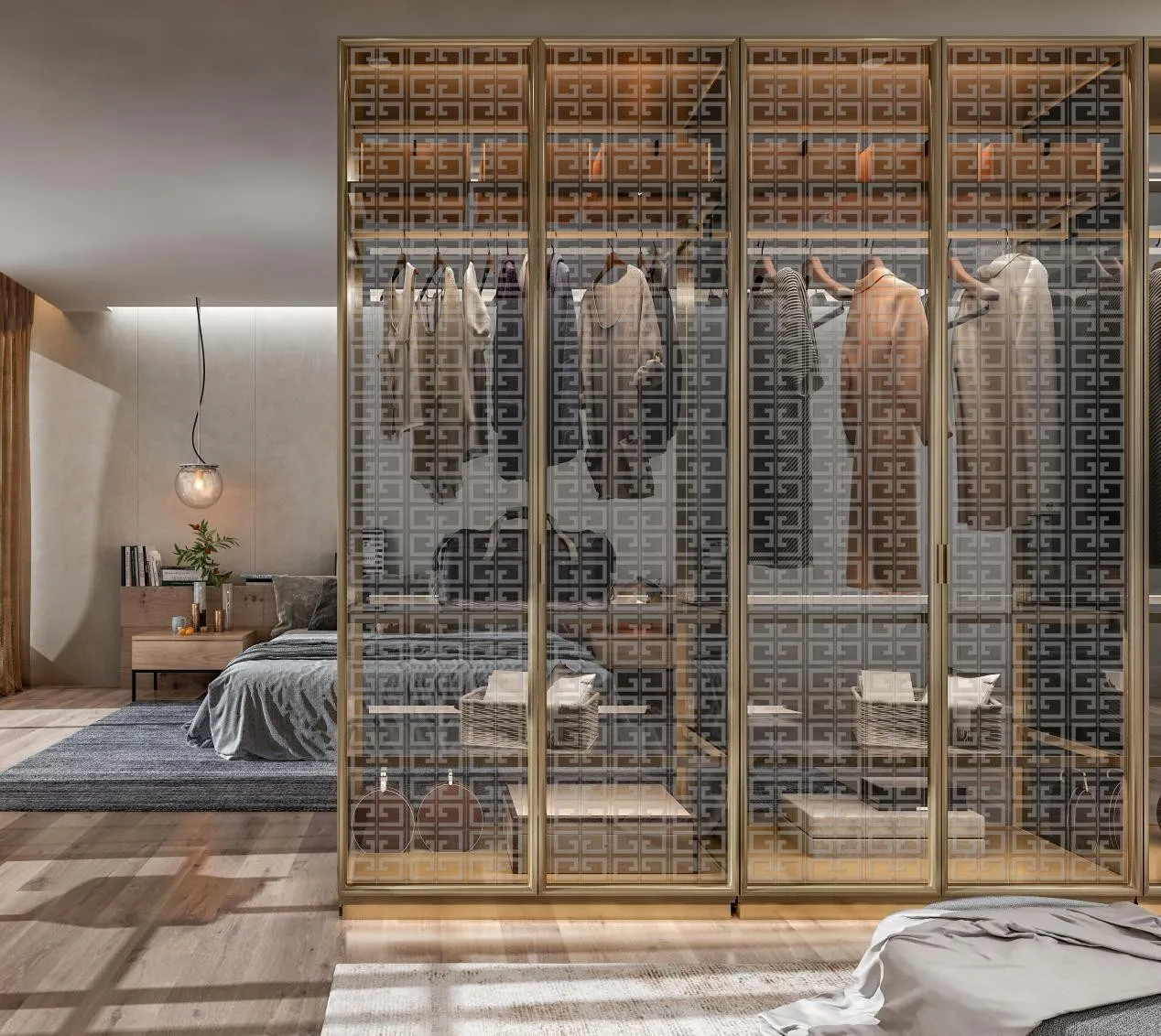
고품질 플로트 유리 공급업체로 ShottGlass를 선택하세요
We offer float glass with different levels of transparency and colors, and all sizes and thicknesses are available. If you have any custom ideas, we can help you realize them with our professional processing capabilities. Just contact us today to get more information about float glass, and we have the best quality and float glass price for you.
Float Glass Specifications And 그림 물감
|
그림 물감 |
|
|
크기 |
Maximum size is 3300 mm*12000 mm, other sizes based on your needs |
|
두께 |
1.1mm, 1.2mm, 1.3mm, 2mm, 3mm, 4mm, 5mm, 6mm, 8mm, 10mm, 12mm, 15mm, 19mm 등. |
플로트 유리는 무엇에 사용되나요?
Float glass isn’t just glass—it’s the silent hero shaping modern life. Imagine a material so versatile it becomes windows in skyscrapers, windshields in your car, and the sleek display protecting your smartphone. This is the magic of float glass: flawlessly flat, optically pure, and engineered for possibility.
Architecture’s Clear Canvas
In construction, float glass transforms spaces. It floods offices and homes with natural light while providing thermal efficiency through coatings like low-e. From towering curtain walls to minimalist storefronts, its strength and clarity make it the backbone of contemporary design. Architects leverage it for everything from energy-efficient glazing to striking structural elements—turning buildings into beacons of innovation.
Automotive Excellence, Inside and Out
Your vehicle relies on float glass for safety and performance. As windshields, it’s laminated for impact resistance; as side windows, it’s tempered to shatter safely. Beyond visibility, it reduces noise and UV exposure, enhancing comfort on every journey. Electric vehicles even integrate it into panoramic roofs, merging durability with aesthetic appeal.
Interiors Reimagined
Step inside any modern space, and float glass defines the experience. It’s elegant shower enclosures resisting steam, seamless retail displays showcasing products, and sturdy tabletops combining form with function. Designers choose it for its adaptability—whether frosted for privacy or tinted for style, it elevates everyday environments.
Specialized Applications: Where Precision Matters
Float glass goes beyond the obvious. It’s the base for mirrors, the substrate for solar panels, and the essential layer in touchscreens. Laboratories use it for optically superior lenses, while appliances incorporate it for scratch-resistant oven doors. Its purity enables innovations in tech, renewable energy, and scientific instrumentation.
Why Trust Our Float Glass?
Crafted with advanced manufacturing, our float glass delivers consistency you can see. We prioritize optical clarity, minimal distortion, and customizable thickness (2mm to 19mm) for any project. Partner with us for material that isn’t just transparent—it’s transformative.
Build Clearer. Design Smarter.
From blueprint to finished product, float glass turns vision into reality. Discover how our solutions can elevate your next project—because when clarity matters, the foundation is everything.
Float Glass Process
At Shottglass, we believe that excellence starts at the foundation—and in the world of modern glassmaking, that foundation is the float glass process. Recognized globally as the gold standard for producing flat glass, this method ensures clarity, uniformity, and flawless finish in every sheet.
The float glass process begins by melting a precise mix of raw materials—primarily silica sand, soda ash, and limestone—at temperatures exceeding 1,500°C. Once liquefied, the molten glass flows gently onto a bath of molten tin in a carefully controlled atmosphere. Here, gravity and surface tension work in harmony to create a perfectly flat surface, eliminating the need for polishing or grinding.
As the glass glides across the tin bath, it gradually cools and solidifies into a continuous ribbon with an even thickness. It then enters the annealing lehr, a long heated tunnel that slowly reduces the temperature to prevent internal stresses and ensure the structural integrity of the glass. The result? Glass with outstanding optical clarity, smooth surfaces, and consistent thickness across every inch.
At Shottglass, we go beyond just the basics. Our state-of-the-art facilities apply decades of technical expertise to fine-tune each stage of the float glass process. From controlling particle size and purity in our raw materials to applying advanced coatings for UV protection, energy efficiency, or decorative finishes, every detail is engineered with purpose.
Our float glass is trusted across industries—from high-rise architecture and automotive windshields to furniture, interiors, and solar applications. Whether you need ultra-clear low-iron glass for a luxury storefront or tinted solutions for solar control, Shottglass delivers performance and quality you can see and feel.
Sustainability is also at the core of what we do. The float process is not only energy-efficient but also produces minimal waste. We recycle a large portion of glass cullet back into the production cycle, significantly reducing our environmental footprint.
Choose Shottglass for your next project and experience the precision, strength, and beauty only the finest float glass process can deliver. From raw material to refined sheet—clarity begins here.
Float Glass vs Clear Glass
When selecting the right type of glass for your construction or interior design project, one of the most common questions people ask is: What’s the difference between float glass and clear glass? While the terms are often used interchangeably, understanding the subtle distinctions can help you make a more informed, cost-effective choice.
Float glass is the most widely used form of flat glass today, and it gets its name from the unique manufacturing process. In this method, molten glass is poured onto a bed of molten tin, where it spreads out and forms a perfectly flat surface with uniform thickness. The result? A smooth, distortion-free glass ideal for windows, doors, mirrors, and facades. This technique gives float glass excellent optical clarity, strength, and a highly polished surface on both sides.
On the other hand, clear glass refers to the general appearance of the glass, specifically glass that doesn’t have a noticeable tint. In most cases, clear glass is actually float glass, but the key difference lies in the clarity. Standard float glass can have a slight greenish tint due to the natural iron content in the raw materials. This is still considered “clear” by most standards. However, for ultra-clear applications—like high-end display cases or luxury storefronts—you might opt for low-iron glass, which offers exceptional transparency without the green tint.
So, when you’re comparing float glass vs clear glass, it’s not a matter of choosing between two different products—it’s about understanding your project’s needs. For general residential and commercial glazing, standard float (or clear) glass is more than sufficient. But for high-visibility, precision-driven designs, you might want to look into low-iron float glass options for a truer “clear” effect.
When it comes to architectural precision, interior design, or even industrial use, understanding the difference between float glass and flat glass isn’t just technical—it’s essential. At Shottglass, we believe clarity should start with the material itself.
Float glass is a high-performance glass produced by floating molten glass on a bed of molten tin. This advanced method, used globally since the mid-20th century, ensures that the glass surface is incredibly smooth, uniform in thickness, and optically clear. For windows, facades, glass partitions, and even tabletops, float glass delivers both aesthetic appeal and structural integrity.
Flat glass, on the other hand, is a broader term. It refers to any glass manufactured in flat sheets, including float glass, but also includes older types such as drawn glass or rolled plate glass. While all float glass is flat, not all flat glass is float-quality. This distinction matters when you're comparing cost versus clarity, or aesthetics versus functionality.
At Shottglass, we specialize in manufacturing premium-grade float glass that meets the highest standards of flatness, transparency, and durability. Whether you're working on a sleek commercial tower or a minimalist residential project, our float glass offers unmatched performance. It’s ideal for further processing—laminating, tempering, coating, or insulating—making it the foundation of modern glazing systems.
Our flat glass offerings are suited for cost-effective applications where precision is less critical but safety and usability still matter. Think picture frames, cabinet doors, or greenhouses—places where utility comes first, but appearance still counts.
Choosing between float glass vs flat glass depends on your project’s purpose. But when quality, reliability, and visual clarity are non-negotiable, float glass from Shottglass is the clear winner. Every panel is produced with exacting care, giving architects, designers, and builders a product they can trust.
Let Shottglass help you see the difference—because it’s not just glass. It’s the surface between your vision and reality.
-
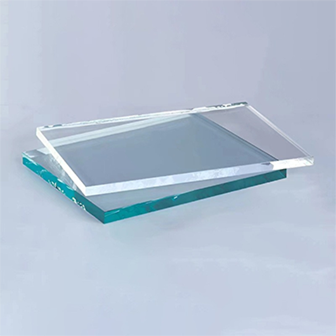 30May
30MayWhat is the Difference Between Float Glass and Normal Glass?
When it comes to sourcing glass for commercial, architectural, or industrial use, understanding the
더 알아보기 -
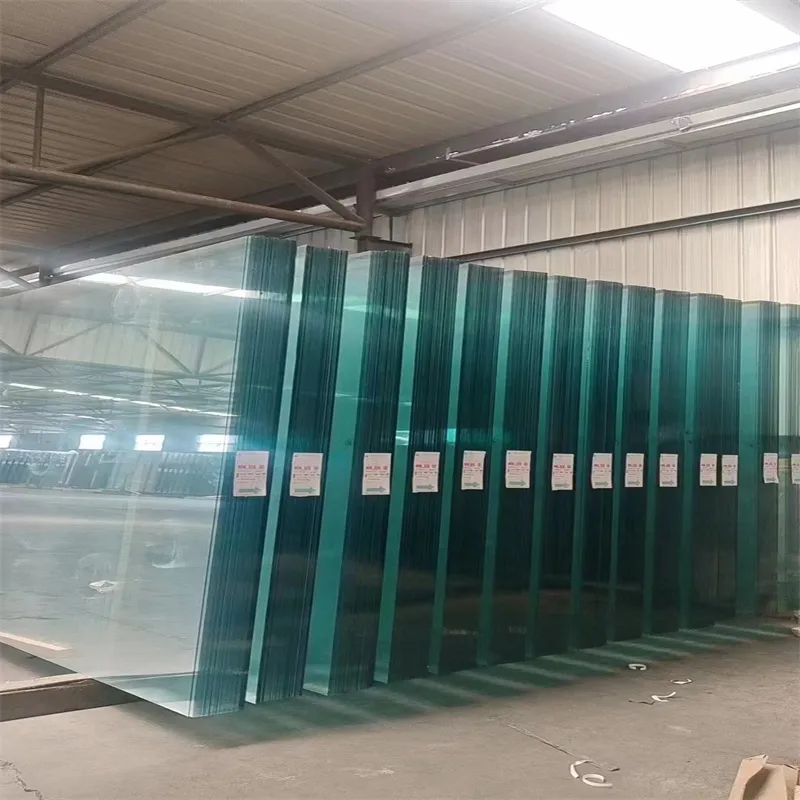 29May
29MayDifferences Between Float Glass, Tempered Glass and Laminated Glass
Glass plays an essential role in modern architecture, furniture, transportation, and interior design
더 알아보기 -
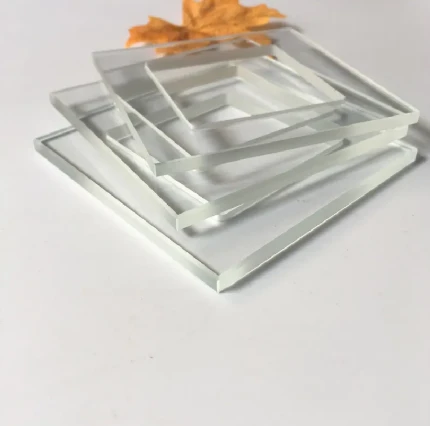 16May
16MayThe Wonders of Ultra Clear Glass: Perfect Clarity for Every Application
Ultra clear glass is a remarkable innovation in the glass industry, offering exceptional clarity and minimal distortion.
더 알아보기


